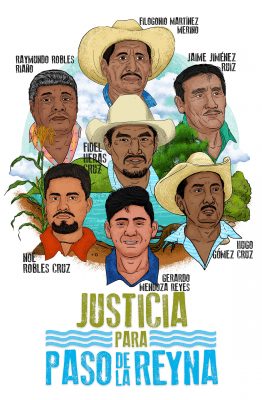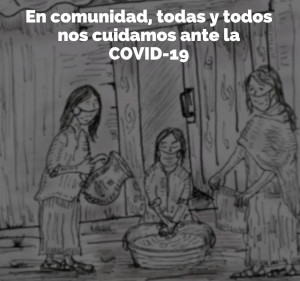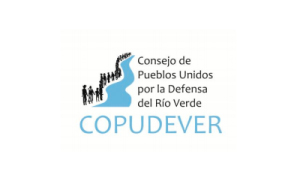 Oaxaca, one of Mexico’s 31 states, has the country’s highest level of diversity as well as the largest indigenous population. Of the 3.5 million inhabitants in the state, according to official statistics, more than one-third of the population is of indigenous origin (1,165,186 individuals). The indigenous communities are strongly tied to the mountains, to the smell of coffee that mixes with the smell of pines and the fragrance of flowers, to the legends that are woven by looms into clothing. All this takes place in lands that cannot be bought or owned.
Oaxaca, one of Mexico’s 31 states, has the country’s highest level of diversity as well as the largest indigenous population. Of the 3.5 million inhabitants in the state, according to official statistics, more than one-third of the population is of indigenous origin (1,165,186 individuals). The indigenous communities are strongly tied to the mountains, to the smell of coffee that mixes with the smell of pines and the fragrance of flowers, to the legends that are woven by looms into clothing. All this takes place in lands that cannot be bought or owned.
If poetry, legends, clothing and food are the ways in which the ancestral culture of the indigenous Oaxacans is materialized and maintained, then “uses and customs” is the living expression of the political system of these communities, which has maintained its legitimacy historically, like any other state system. Of the 570 municipalities in the state of Oaxaca, 418 are governed through the traditional form of political organization of “uses and customs.” Only 152 have adopted a conventional system using political parties, a striking reality that is not just relevant in Mexico but in all of Latin America.
Click here for complete article on Truth-Out.org
Read more on indigenous and community resistence in Oaxaca: Territorial invasion: Oaxacan community resist hydroelectric dam project, Oaxaca’s wind farm surge produces clean power – and protests
![]()




























